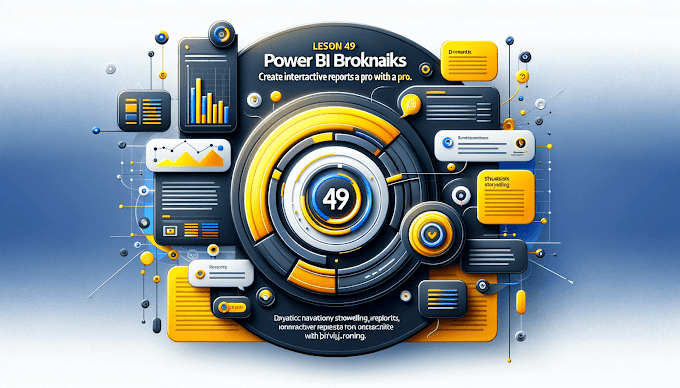Introduction
If you want to build fast, clean, and accurate Power BI dashboards, then data modeling is the most important skill you must learn.
A perfect model makes your reports load faster, reduces DAX complexity, and prevents incorrect results.
In this blog, you’ll learn the top data modeling best practices for 2025, including the most important concept: Star Schema.
1. Always Use a Star Schema (Not Snowflake)
What is Star Schema?
A model where:
-
Fact Tables = Numeric, transactional data
-
Dimension Tables = Descriptive data like Date, Product, Customer, Region
All dimensions connect directly to the fact table.
Why it’s best for Power BI?
-
Faster performance
-
Clean relationships
-
Easy DAX formulas
-
Best for refresh optimization
Example
FactSales → Date, Customer, Product, Region
This forms a STAR shape ⭐ (simple + fast)
2. Keep Fact Tables Large, Dimension Tables Small
Fact Table:
-
Large
-
Contains numerical and transaction-level data
Dimension Table:
-
Small
-
Contains descriptive categories (Customer, Product, etc.)
Keep dimensions clean → fewer duplicates
Fact tables should NOT store text columns
3. Use Single-Direction Relationships
Power BI default is single-direction filter keep it that way.
Why?
-
Avoids circular dependencies
-
Makes DAX simple
-
Improves performance
Only use bi-directional relationships if absolutely required (e.g., role-playing dimensions).
4. Create a Separate Date Table
Don’t use your raw date column as a calendar it creates errors in time intelligence.
Your Date Table Must Have:
-
Continuous dates
-
Year, Month, Quarter
-
Month Name
-
Week Number
-
Fiscal columns (if needed)
Then mark it as:
Modeling → Mark as Date Table
5. Reduce Cardinality for Faster Reports
Cardinality = number of unique values
High cardinality → slow dashboards
Reduce it by:
-
Removing unnecessary unique text columns
-
Splitting columns (e.g., DateTime → Date + Time)
-
Grouping categories
-
Avoiding long unique IDs where possible
6. Avoid Many-to-Many Relationships
M:M relationships create confusion and incorrect DAX results.
Prefer:
-
Bridge table
-
Clean dimension table
-
Categorized hierarchy
Only use M:M when truly unavoidable.
7. Don’t Create Too Many Calculated Columns
Calculated Columns = stored in memory → slow model
Measures = computed on the fly → faster
Always prefer Measures over Calculated Columns
Use calculated columns only for:
-
Relationship keys
-
Static categories
-
Data that never changes
8. Keep Naming Clean and Standard
Use consistent naming for better readability.
Recommended format:
-
Fact Tables →
FactSales -
Dimension Tables →
DimDate,DimProduct -
Measures →
Total Sales,Profit Margin
No spaces like Table 1, Column1
Keep it clean → Google loves it + users understand easily
9. Hide Unnecessary Columns
Your dataset should be clean on the front end.
Hide:
-
Keys
-
IDs
-
Unused fields
-
Merge-only columns
Cleaner models → better user experience → higher engagement.
10. Keep Data Types Correct
Wrong data types lead to:
-
Wrong visual output
-
Slow aggregations
-
Incorrect filtering
Set proper data types:
-
Whole Number
-
Decimal
-
Date
-
Text
-
Boolean
This makes your model accurate + optimized.
Conclusion
A strong data model is the foundation of a great Power BI report.
If you follow these best practices especially using a clean Star Schema your dashboards will be faster, easier to maintain, and more accurate.
The best Power BI analysts in 2025 are not the ones who know the most visuals…
They’re the ones who understand data modeling.












%20Best%20Practices%20%E2%80%93%202025%20Guide'%20illustrating%20secure%20and%20controlled%20data%20acce.jpg)




